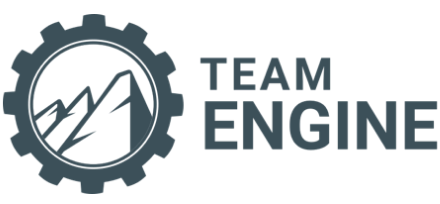
Tracking the Sales Pipeline
Steven Cesare, Ph.D.
A business owner from Minnesota called me the other day to talk about her company’s sales program. Like many Green Industry owners, she has a methodically-designed growth plan spanning the next 18 months, replete with client diversification, geographical density, and financial goals (e.g., revenue, gross margin, cost containment). Nicely conceptualized!
Embedded within that architecture, were many fundamental components (e.g., staffing levels, commission programs, bonus potential, reimbursement budget, on-boarding plans, perquisites, written Sales Commission Agreement) that define the typical Business Development Manager package, as well as the routine process-oriented deliverables (e.g., the annual marketing calendar, social media campaign schedule, client relations management expectations). Again, well-grounded and aptly aligned with industry standards.
During our lengthy, detailed conversation, the topic organically migrated toward accountability. At that point, with that issue top of mind, I asked her to define her primary focus. All together now! Sales!!
Wrong.
The primary focus must be tracking the sales pipeline. The process leads to the results; the results seldom “just happen.” The pipeline predicts the sales; sales seldom “just happen.” Like most desired outcomes, the path toward a goal must be planned, tracked, and evaluated: losing weight, getting a better GPA, learning a new skill, improving gross margin or job quality, and increasing the value of your home.
While I believe in miracles, I will always bet on effort. Every time; especially when it comes to sales.
Effort fixated on a goal, evaluated on a consistent basis, and in receipt of efficacious coaching is the proven path for achieving sales success. With that premise in mind, I suggested the enlightened business owner meet with her business development staff weekly, and emphasize the activities found within the Sales Tracking Spreadsheet, thereby gauging incremental progress instead of hoping for miraculous results.
In specific, I proposed a spreadsheet-like tracking tool, containing the following columns, frequently supported by dropdown lists to standardize the pipeline process, coaching opportunities, and an improved capture rate.
- Identification Number
- Date
- Source
- Job Type
- Client Name
- Point of Contact
- Contact’s Phone Number
- Contact’s Email Address
- Property Address
- Property Zip Code
- Current Vendor Tenure
- Reason for Change
- Distance from Existing Job Site
- Proposal Value
- Proposal Date
- Submittal Dates
- Job Notes
If your Business Development Manager thinks this is micromanagement, instead of accountability, you likely have the wrong Business Development Manager.
Or, would you rather bet on a miracle?
If you have any questions or comments about this topic or anything else related to human resources, Sign Up for Steve’s HR Helpdesk!
Check Out Harvester Steve Cesare’s
NEW OFFERING!
Harvest Group Partners


Click the icon below to download the Harvest Group Mobile app!
What do you want to learn more about?
The Harvesters want to know what topics you would like to see us discuss. Click below to submit your ideas!



